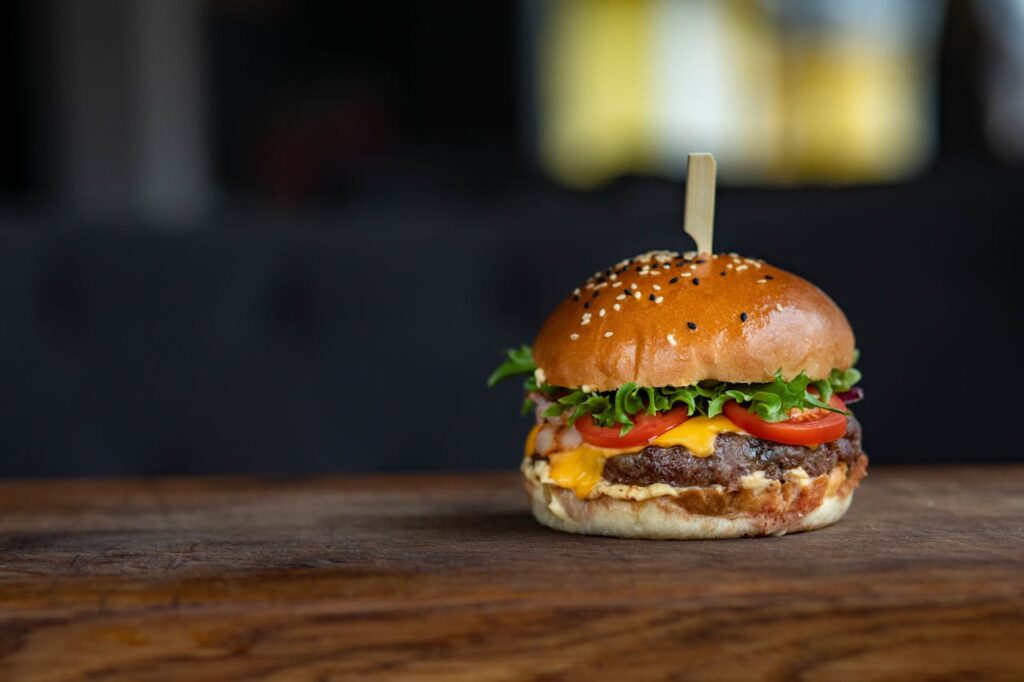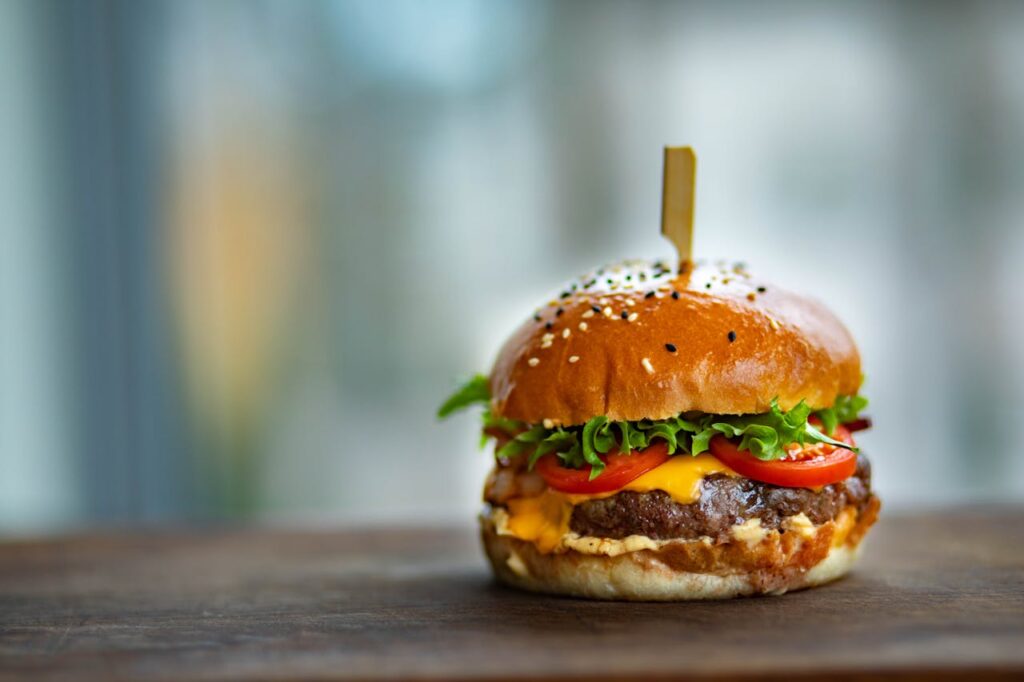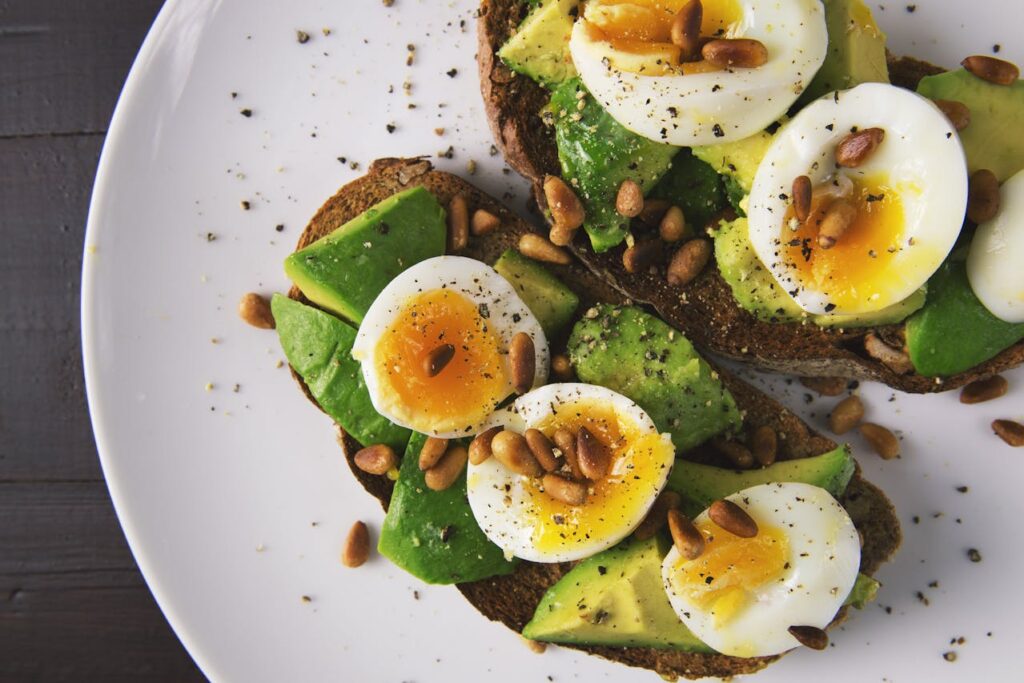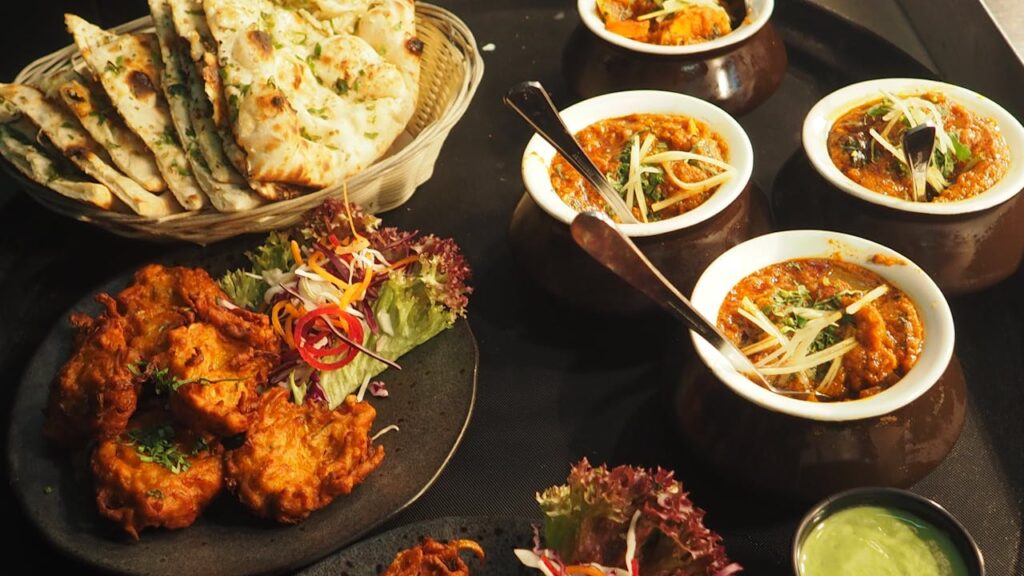Food photography is a specialized genre that focuses on capturing the beauty, detail, and essence of food and beverages. This article explores the techniques, equipment, artistic considerations, practical tips, and cultural impact of food photography for audiences in the United States.

Introduction to Food Photography
Food photography aims to showcase dishes in a visually appealing and appetizing manner, enticing viewers to appreciate the textures, colors, and flavors of culinary creations. Whether for culinary blogs, cookbooks, restaurant menus, or social media, compelling food photographs play a crucial role in attracting attention and conveying the sensory experience of dining.

Techniques and Equipment
Lighting: Natural light or diffused artificial light is often preferred to illuminate food without harsh shadows or reflections. Soft light enhances textures and colors, while backlighting or side lighting can add depth and dimension to the food.
Composition: Applying principles of composition, such as the rule of thirds, leading lines, and symmetry, helps create balanced and visually appealing food photographs. Arranging garnishes, utensils, and props strategically can enhance the narrative and context of the dish.
Styling and Props: Food stylists and photographers collaborate to arrange dishes attractively, using garnishes, herbs, sauces, and props to enhance visual interest. Backgrounds and surfaces, such as rustic wood, marble, or neutral backdrops, complement the food without overwhelming it.

Artistic Considerations
Color and Texture: Vibrant colors and contrasting textures contribute to the visual appeal of food photography. Fresh ingredients, sauces, and natural juices are highlighted to evoke freshness and flavor, enticing viewers to imagine tasting the dish.
Depth of Field: Selective focus techniques, achieved through aperture settings (e.g., wide apertures like f/2.8), isolate the main subject (e.g., the dish) while gently blurring the background. This technique draws attention to specific elements within the frame, such as the main course or a focal ingredient.

Practical Tips for Success
Preparation and Planning: Prepare ingredients and props in advance, considering color combinations, textures, and presentation. Understand the dish’s focal points and arrange components to highlight its unique qualities.
Camera Settings: Use manual mode or semi-automatic modes (e.g., aperture priority) to control exposure settings, white balance, and ISO sensitivity. Bracketing exposures can help capture details in highlights and shadows for balanced images.
Post-Processing: Edit images using software like Adobe Lightroom or Photoshop to enhance colors, adjust exposure, and refine details. Maintain a natural appearance while accentuating the food’s visual appeal.

Cultural Impact and Trends
Social Media and Digital Platforms: Food photography is prevalent on social media platforms like Instagram, where hashtags, filters, and captions contribute to engagement and visibility. Influencers, chefs, and food enthusiasts share curated images that inspire culinary experiences and trends.
Health and Lifestyle Trends: Increasing awareness of nutrition and culinary diversity influences food photography trends. Images that emphasize organic ingredients, plant-based diets, and sustainable practices resonate with health-conscious consumers in the United States.

Conclusion
In conclusion, food photography is a dynamic art form that celebrates culinary creativity, cultural diversity, and sensory experiences. By employing techniques in lighting, composition, styling, and post-processing, photographers in the United States can capture the essence of dishes, evoke appetites, and inspire culinary adventures.
From professional kitchens to home cooking enthusiasts, food photography serves as a visual medium for sharing recipes, exploring cultural cuisines, and celebrating the craftsmanship of chefs and artisans. As culinary tastes evolve and digital platforms shape visual storytelling, food photography continues to evolve as a vibrant and essential aspect of contemporary visual culture in the United States and beyond.
